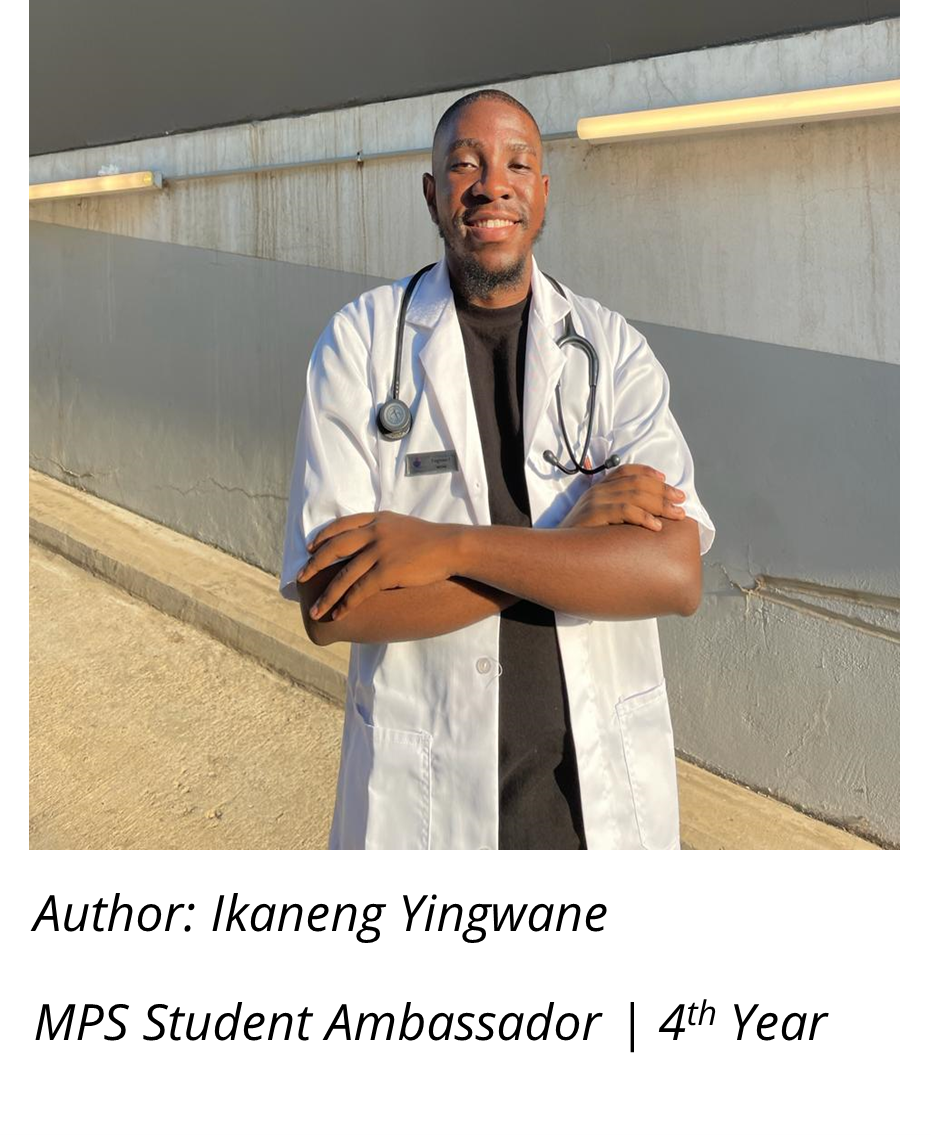In this edition of his series 'All about ethics', student doctor Ikaneng Yingwane explains the principles of bioethics in medical practice.
______
Bioethics is a common theme that has been echoed throughout the past three years of medical school. Now that we have been afforded the opportunity to interact daily with patients and a variety of healthcare professionals, the theme can be observed in practice. Bioethics simply refers to the legal, ethical, or social issues that may arise in medicine. The primary thing that I have observed thus far is the application of the core principles of bioethics, which are autonomy, beneficence, non-maleficence, and justice. These principles provide a framework for decision-making in healthcare.
Autonomy by definition refers to allowing patients to make informed choices about the care that is to be provided to them. Autonomy tends to interlink with informed consent, as it requires one to provide the patients with information that pertains to their condition, treatment options available, and possible benefits and risks, allowing them to make decisions that align with their preferences and values. On my level, the autonomy that I have been able to afford a patient is informing them about taking their history and examining it before I can get to business.
Beneficence involves acting in the best interests of the patient and promoting their well-being. In practice, it means that one ought to prioritise treatments and interventions that are likely to benefit the patient, improve their health outcomes, and enhance their health outcomes, and enhance their quality of life. This principle encourages healthcare professionals to consider a patient’s well-being holistically instead of focusing solely on their physical health.
“Primum non nocere” latin for “First do no harm.” This phrase is how the principle of non-maleficence was introduced in the early days of medical school. As the years progressed, I have come to understand that it urges one to avoid harm to patients and minimise risks associated with medical treatment. This involves taking the necessary steps to prevent adverse effects, minimising the likelihood of medical errors, and ensuring that treatment benefits outweigh any potential harm. Healthcare professionals have a duty to prioritise patient safety and well-being in all aspects of care delivery.
Justice refers to ensuring equity and fairness in the distribution of healthcare resources and treatment options. Several aspects are involved in this principle such as fair allocation, access to care, avoiding discrimination, and advocacy for vulnerable populations. Fair allocation refers to equal and fair distribution of health resources such as medications, medical procedures and hospital beds based on need instead of factors like socioeconomic status or other discriminatory criteria. Access to care aims to ensure that all patients have equal access to health care services irrespective of their background; it may involve the implementation of policies aimed at reducing barriers such as providing financial assistance programs. Avoiding discrimination, patients ought to receive the same standard of care and not be discriminated against based on their gender, age, etc. Advocacy for vulnerable populations means that one ought to rally for the needs of marginalised communities who may experience disparities in health outcomes, or face barriers to healthcare access.
In conclusion, the principles of bioethics are a staple of medicine practice. These principles are autonomy, beneficence, non-maleficence, and justice. They aim to ensure that patients are able to make informed choices regarding the medical conditions and treatments involved, whilst healthcare professionals in the process upholding the principles ought to ensure that their actions are in the best interests of the patient and minimise any potential risks while ensuring that there is fair allocation of resources.

______
To read more student articles like this visit our student hub.